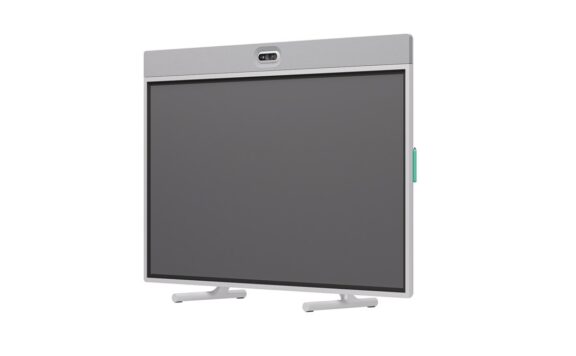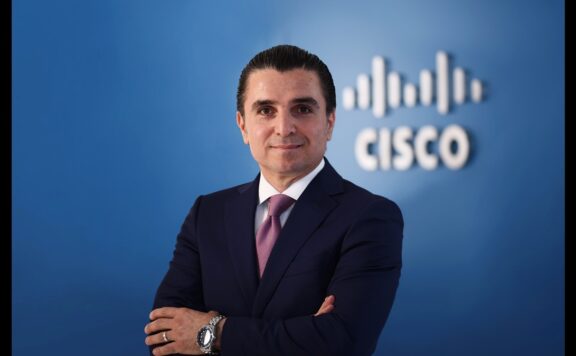There’s a lot going on in the art industry now and with the introduction of Artificial Intelligence (AI) into curation, pricing and display, everything has just changed. The world of visual arts is changing as it moves towards AI-powered art analytics which are being used to dig out hidden gems by curators and AI-immersed online galleries which are redefining viewer experiences. This article focuses on how artificial intelligence can be used in art curation and marketing to find unknown artists; make the creative process automatic; and predict market trends. Let us look at some amazing ways that AI is revolutionizing the art industry.
Artificial Intelligence (AI): Art Curation and Marketing
AI is the next big transformational force that is taking place for art curation and marketing landscapes, totally turning upside down the traditional means. This article will delve into how AI-powered tools are pushing the envelope in art discovery and changing market trends, and even transforming the lands of creativity.
Artificial Intelligence-Driven Art Analytics for Curation
This realization has revolutionized the very task of art curation, bringing to light patterns, trends, and interconnections in significantly vast stores of art data. The more sophisticated these algorithms become at analyzing the data, the more they can identify relationships among artists, their styles, and historical periods that are not discernible to the human eye. Artificial intelligence provides insight into the changing contexts and influences present in art, thus enabling curators to place works into coherent contexts, enriching them with narrative framing and thematic coherence. Additionally, AI’s ability to uncover these hidden patterns and relationships can be a powerful tool for marketing your art, helping artists and galleries effectively reach and engage their target audiences.
Moreover, with AI, algorithms enable the discovery of emerging talents and forgotten masterpieces – thus expanding the horizon of artistic representation. Going through huge archives, AI spots promising talent in combination with less-known works, thus opening this previously exclusive form of recognition to the wider public. AI democratizes access to artistic recognition and influences the trajectory of art history.
It creates virtual exhibitions and experiences beyond plain and static ideas. With the help of augmented criteria, listing curators can create interactive displays that go beyond the physical boundaries and allow access to collections in dynamic ways in the virtual paradigm. This, in fact, by no means is going to open up a wider number of approaches, but also will reconsider how audiences can be allowed to interact with the artwork, resulting in global participation by the audience in cultural appreciation.
Automated Artwork Pricing and Appraisal
It was a subjective task, based on expert judgment and market intuition, for pricing and appraising works of art. In contrast, AI algorithms introduce objectivity by analyzing enormous datasets, including sales history, market trends, reputation of the artist, and details associated with a specific artwork. Computation through these variables yields precise valuations and price recommendations, allowing galleries, auction houses, and collectors to make decisions based on data and not the views of a select few.
AI applications, on the other hand, provide real-time market notifications: stakeholders are informed in time about the changes in demand, and price movements are done. Now, the strategic placing of works by artists and finding investment opportunities by collectors can be achieved with the help of AI, hence fostering transparency and efficiency in the market.
AI-generated valuation reports represent an important opportunity for insurance, estate planning, and investment planning, containing deep and comprehensive analyses based on factual data. The AI implementation increases confidence in transactions within art by ensuring fair market value is obtained and decisions are made knowingly in the art ecosystem.
Marketplaces for AI-generated Art: Innovation or Imitation?
The rise of AI-created art brings with it significant issues regarding creativity, authorship, and aesthetic innovation deep into the foreground. AI algorithms have proven capable of imitating different styles of works, motifs, as well as emotional resonances that raise questions against classic conceptions of artistic creation. Some consider AI-generated art as an advancement that pushes the border of the creative class a bit farther and allows humans and machines to conduct this experiment together; others use similar arguments against them.
Debates around AI-generated art underline the philosophical inquiry regarding creativity and the role of technology in art. The most typical argument made is by proponents who believe AI speeds up artistic exploration and allows new interpretations while encouraging interdisciplinary collaboration. Critics, on the other hand, maintain that it lacks the subtle sensitivity and personal insight that is part of human creativity and question whether it should therefore have the task of conveying genuine and culturally significant emotional resonance.
AI Apps in Online Art Galleries
The incorporation of AI in online art galleries is completely transforming the game for digital art and taking it to the next level in terms of experience and exposure by people across the world. Platform AI curates personalized journeys into art based on in-app image recognition and AR technology, which immerses viewers in interactive showcases. It makes spatial barriers irrelevant, enabling the virtual study of different artistic traditions and historic epochs in a depth and with an interaction level that nobody had ever imagined to be possible.
AI-powered authentication tools verify information concerning the authenticity and the provenance of the artwork. Artificial intelligence is highly precise in distinguishing real pieces of art from replicas and forgeries and therefore keeps collectors and institutions safeguarded from misrepresentation while preserving the integrity of digital art collections.
Augmented reality takes user experience a step further by superimposing artworks into real-world settings to let users “see” art within their personal space. This encodes experience at the space between the virtual and the physical, intensifying the engagement and appreciation of the viewer and allowing deeper connections with the artwork and culture narratives.
AI Predicts the Trends in Art Market
AI predictive power is what allows stakeholders in the art market to pre-calculate trends, demand forecasts, and optimize investment strategies. Artificial intelligence algorithms analyze big data sets on social media to make out changes in preferences, emerging styles, and a reshuffle in artists’ popularity. Such predictive intelligence equips galleries, museums, and collectors with the insight to plan exhibitions and make acquisitions; dealing in art adjusts portfolios beforehand so as to maximize market opportunities and gain competitive advantage.
Implementation of AI techniques into art marketing strategies allows for better audience engagement and strategic positioning by offering products in the market that are aligned with dynamic consumer preferences and market tendencies. AI-driven analytics also take the way towards targeted marketing campaigns, optimal pricing strategies, and greater penetration into various demographic segments to democratize access to art and further global cultural appreciation.
Final Thoughts
In short, it is one of the most changing forces for the arts sector, from issues of what is held in the gallery to the very fabric of marketing and creative expression. With AI-driven analytics, stakeholders can extract new insights, streamline operations, and expand artistic horizons. Authenticity and issues of integrity in arts come to mind with debates over AI-generated art—and it is largely going to be part of online spaces and market-forecasting tools, rapidly running ahead and urging the art world to have the same.
With continuous development, AI technologies advance further into the domain of the art industry, shaping the future of artistic exploration, appreciation, and market dynamics in a way that respects the ethical framework of use. By embracing the potential of AI, together with the appropriate ethical considerations, further distributions will be reached in the harmonious collaboration between human ingenuity and technological innovation on behalf of cultural significance and societal relevance by art in the digital age.





